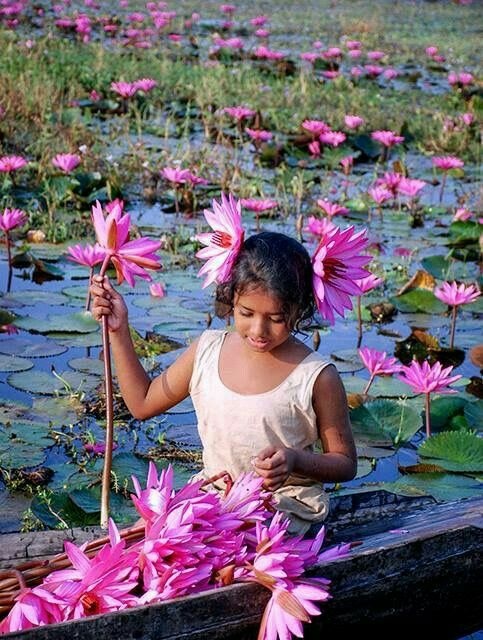Rebirth
Category: Apparel
Competitions: Fashion Competition 2025
Rebirth Time, the present is so fickle; it is here now and just like that, it’s gone. A violent fire was set upon my childhood memories. The land that once nurtured me no longer exists. Kali ascends to take away what holds you back. I step into new soil to birth a new self. This Bengal goddess of timelessness is a symbol of liberation, transformation and the divine feminine. My collection starts with a personal divination card reading of 6 from my Kali Ma. The overall message is a newly liberated self, mirroring Parvati’s transformation to Kali. Look 1- a birth on a floating lotus, my national flower also inspired by the self-severing floating head of Chhinnamasta (a version of Kali) that symbolizes self-liberation. Look 2, Growth, a metaphor that the lotus blooms colour rich from the darkest and muddiest of waters. Look 3 is my offering of hibiscus, a representation of the cosmic womb, to Kali. Look 4, the sound making Performer acknowledging the faces in dress we play in our earth life. Look 5 stripping that face, The Dancer, as Kali dances wild in her thirst to shed the ego. Finally, look 6, the black hole representing Ma Kali, who transmutes all that no longer serves your highest purpose; a blind self-trust is required. In my placement year, I worked with an NGO, travelling around Bengal to document, film and learn the loss art of weaving, particularly Jamdani weaving. The fabrics in my collection are hand-loomed silks, hand-loomed revived muslin which are both woven by a small community in a village in Rajshahi, Bangladesh, where they make produce the silk from start to finish. I also designed and created hand-woven Jamdani (half silk and half muslin) made by one of the few artisens left in this generational craft, this is my contribution to the revival of Jamdani handcrafting art form. My sustainability research involves experimenting with fabric dyes made of natural materials, eco-printing, block printing and direct fabric painting. My entire collection is naturally dyed and printmaking is done with plants. I experimented and explored over 50 different plant and natural materials to create dyes, paints and and pastes for block printing and direct fabric painting such as my stripes. Along with using flowers to eco-print with. My method, materials and process of dying is zero-waste and environmentally conscious. I use soapnuts to scour, alum rocks (my deodorant) to mordant, and keep that same mordant, tanin and chalk water throughout the collection for the year. All leftover dye water waste is processed into a lake pigment, ground to a powder, and mixed with honey and gum to create watercolours, which I use in my illustrations. The botanical and natural inks I made for block printing and fabric painting and dyes are a new medium mixed with grounded selenite. Selenite is a gypsum that improves the quality of the soil structure and crop productivity. It replaces sodium with calcium, which is beneficial for crop growth. It is also a powerful spiritual cleansing crystal I use in my practice.

